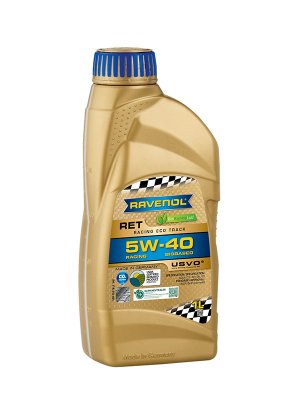1) then with what criteria you chose this total in your sign that you are using?
i never said anything about SAPS,my 2 next questions came from your written words:
2) your conclusion from your service experiences drove me there to ask this question.i guess it wasnt a conclusion. just sthing you noticed.and the real problem could be ,short tripping among others, as you said.
3 )which oil of that low/mid saps oil contains that good base ? can you mention some?
I chose that oil when I had my diesel, I still have leftover. I chose it because it had part PAO, part grpIII base with moderate amounts of detergent (more than C3, less than typical A3/B4, 8.8 TBN), good Noack (under 10%, MB229.5 approved, higher than C3 zzdp levels. It was what A3/B4 oils were before the mandated 10TBN minimum. It sits just outside the ACEA C3 range at 0.88% saps. calcium detergens work brilliantly in a diesel and have friction reducing properties in all engines, that's why we don't see calcium dissapearing completely even in API SP oils. I got exceptional long distances bvetween regens of the dPF, 750km in winter, up to 2500 km in summer. The car got totaled so had to buy another, got gas engine because of the LEZ zones becoming an issue for diesels. Cost me about 3.5 euro per litre IIRC
The problem is, short tripping was just as prevalent when I worked at the peugeot dealer, but they used full-saps oils in everything, specifically Total quartz 9000 5W-40, oil consumption wasn't an issue except at extremely high mileage cars, while intervals were longer. Soot was an issue affecting especially the 1.6 diesels, but the engines were clean inside: too much egr, same thing that's killing the 3.0 v6 ecodiesels in the US.
Look for low Noack, high flashpoint, low pour point oils to find the good bases. Here's some, but formulations change that's why I don't like to name specific products:
https://www.ravenol.de/en/product/motorenoel/pkw-motorenoel/ravenol-vollsynth-turbo-vst-sae-5w-40 (this one is full saps)
RAVENOL Racing Eco Track RET SAE 5W-40 is a modern, full synthetic fuel-efficent multigrade engine oil based on renewable vegetable raw materials. RAVENOL...

www.ravenol.de
RAVENOL RUP Racing Ultra Performance SAE 5W-40 was developed together with Ralf Schumacher for motorsport and is ideally suited for car racing, even when s...

www.ravenol.de
https://www.ravenol.de/en/product/motorenoel/pkw-motorenoel/ravenol-dxg-sae-5w-30 (lower hths if that's what you like)
https://www.ravenol.de/en/product/motorenoel/pkw-motorenoel/ravenol-arctic-low-saps-als-sae-0w-30 (close to the total in my sig, but not the current version of it)
RAVENOL REP Racing Extra Performance SAE 5W-30 was developed together with Ralf Schumacher for motorsport and is ideally suited for car racing, even when s...

www.ravenol.de
RAVENOL HLS SAE 5W-30 is a synthetic Mid SAPS low friction motor oil with CleanSynto® technology for passenger car petrol and diesel engines with and witho...

www.ravenol.de
and there's more, even from ravenol.... so look for similar products that are convenient to get where you are.




